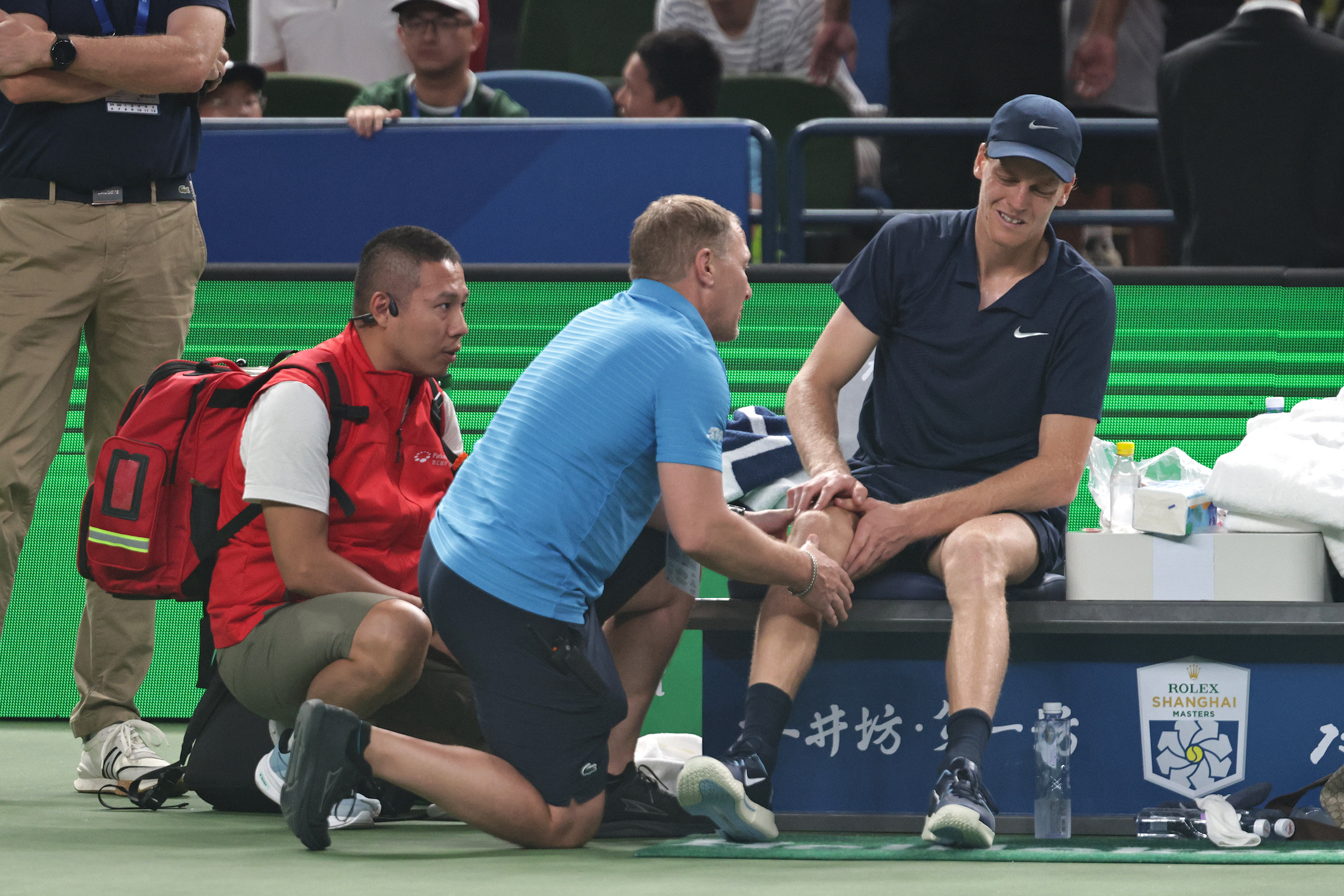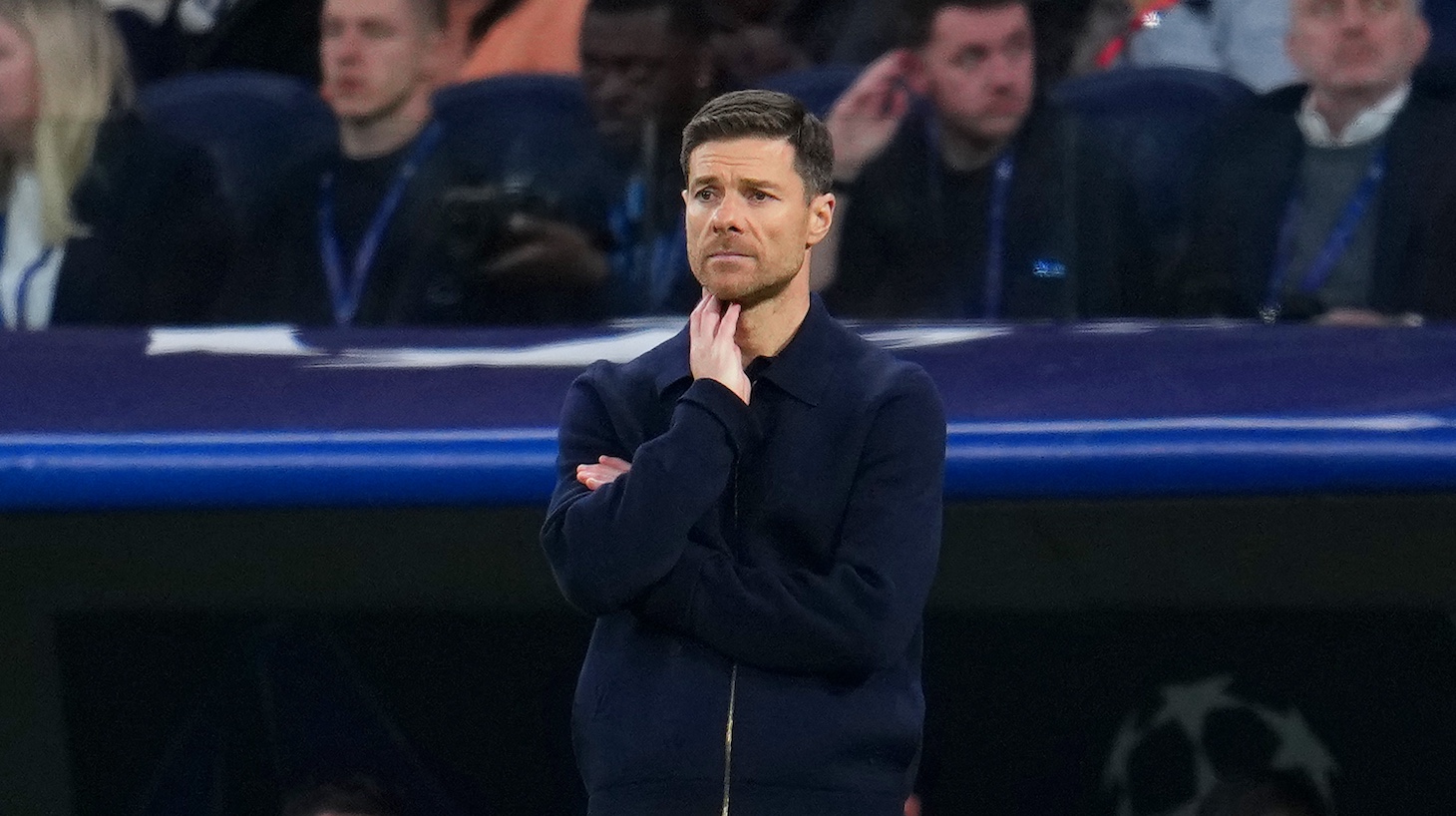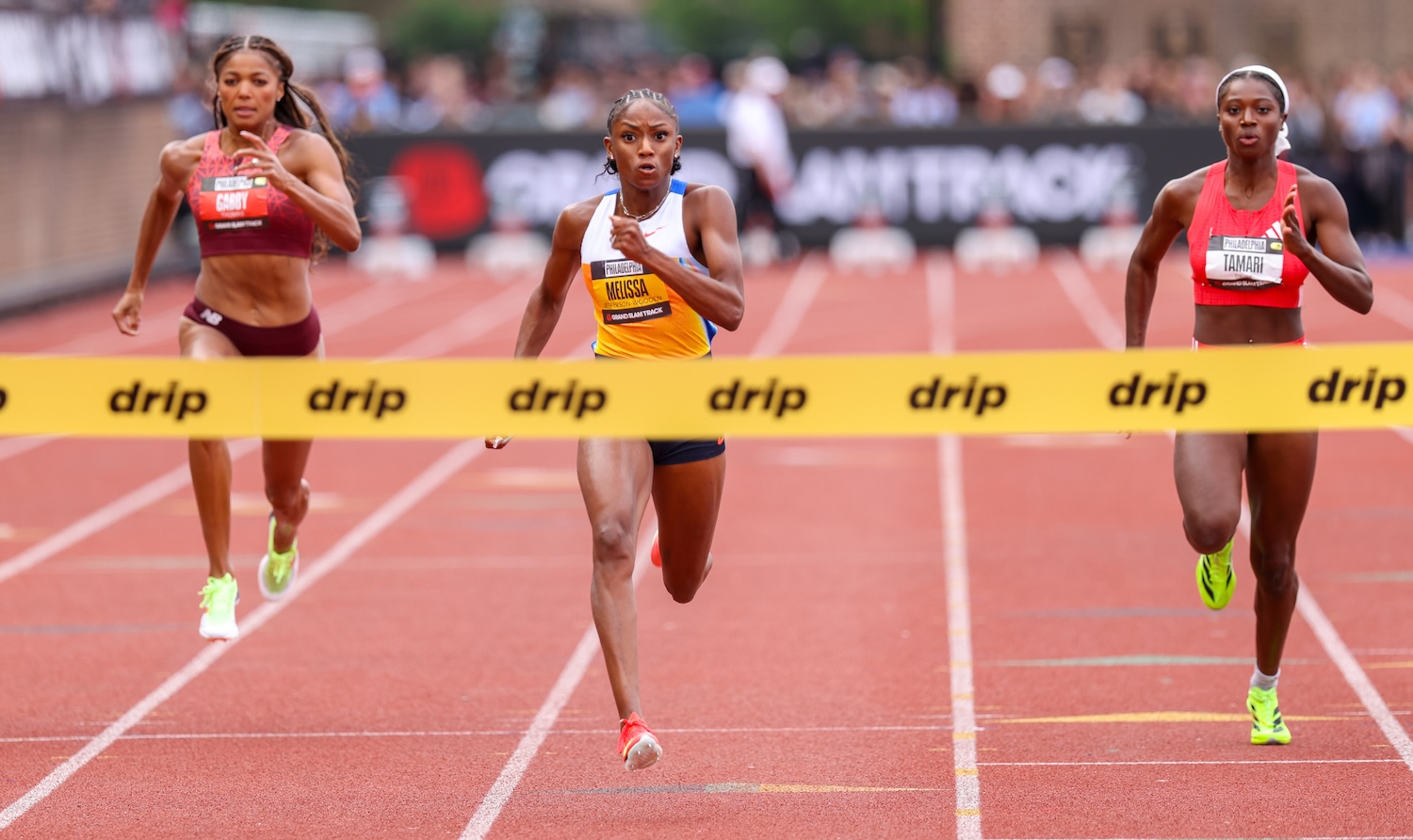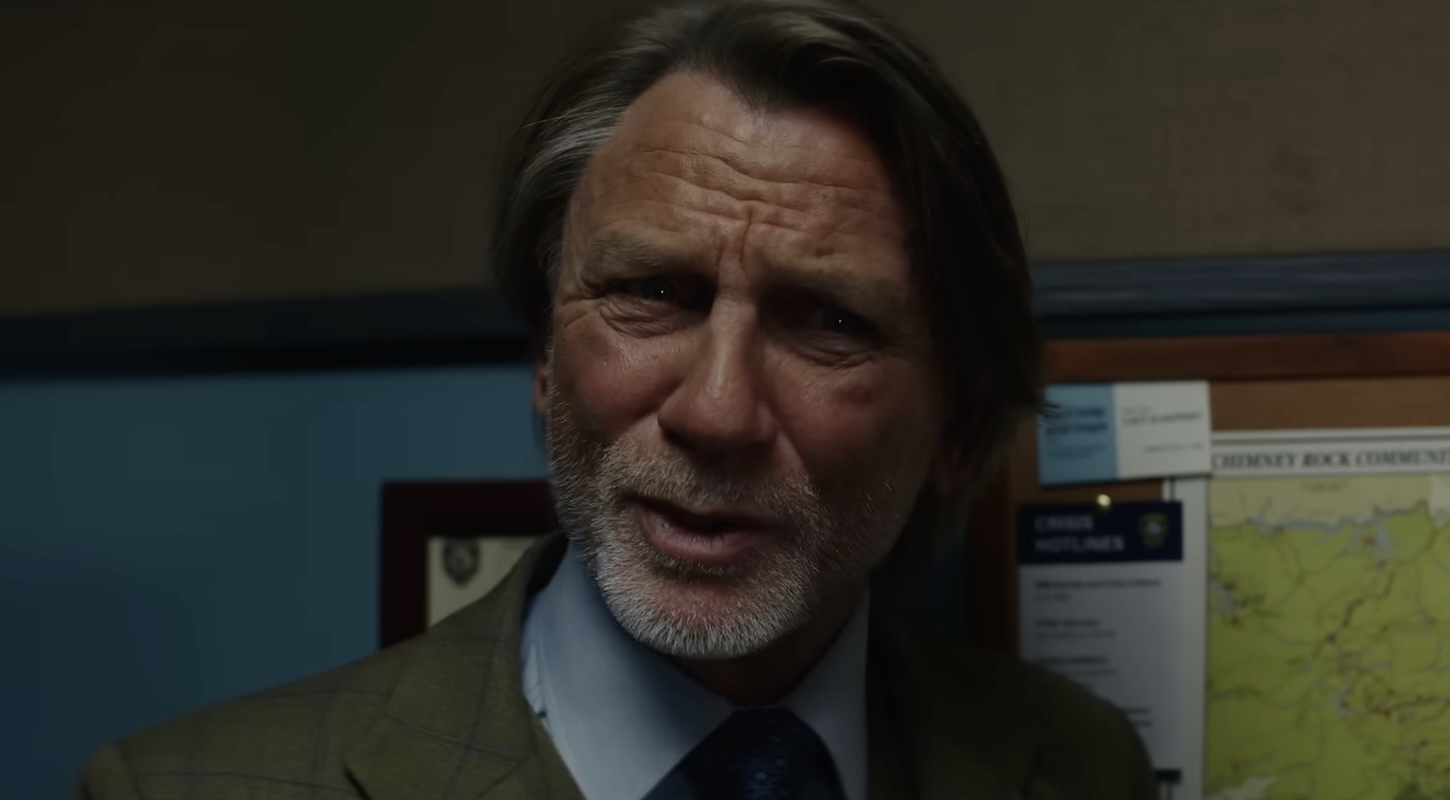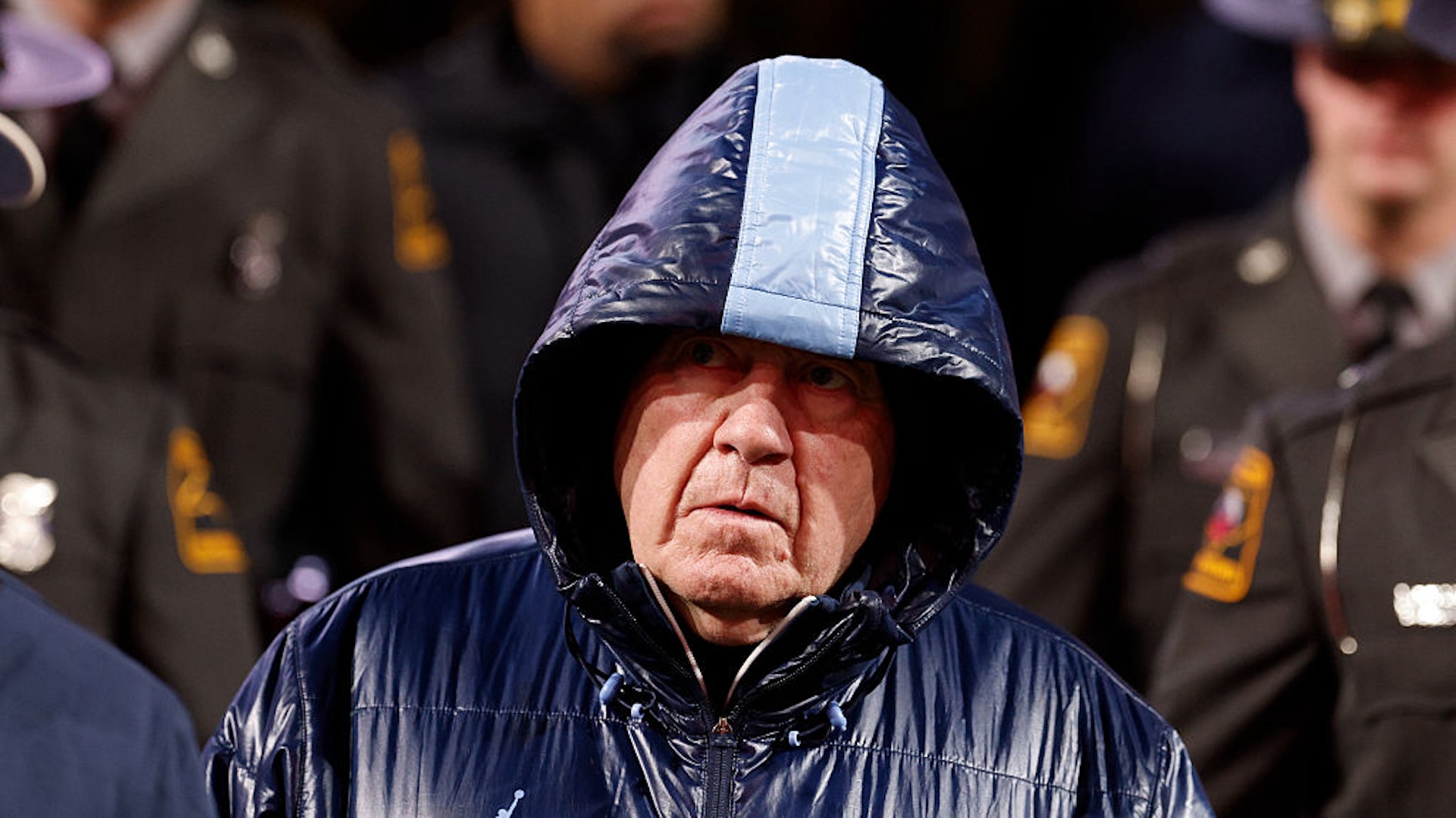The professional tennis calendar might make sense if this was still the slow-paced lawn game of the previous century. But it isn't, and hasn't been for a long time. Every passing week intensifies the mismatch between the tour calendar and the bodily demands of pro tennis in 2025. In the final weeks of the season, a slew of top players have retired from matches, complained about conditions, and declared the calendar unrealistic.
This isn't Johnny Mac's serve-and-volley anymore. Athletically speaking, the players run faster and swing harder; they also sustain that intensity for even longer periods of time. They are moving explosively, to strike a fast-moving projectile hundreds of times, sometimes for three to five hours, with no substitutions, mostly outdoors, on a warming planet, in the hottest seasons, for 11 months a year. Pick even three of those features, and you probably have a recipe for burnout. The current situation isn't terribly surprising.
While grumbling about the schedule is an annual tradition, once all the year's majors are complete and there's a few more weeks of string to play out, this year we can see a quantifiable physical toll. Both tours have been wracked by injury and burnout. As Tumaini Carayol tallied it up at The Guardian:
The number of retirements, withdrawals and injuries this year has been shocking. With seven retirements or walkovers at the Shanghai Masters over the past week, there have now been 41 retirements and walkovers at the ATP Masters 1000 events this year, including nine in Madrid and eight in Cincinnati.
On Monday last week at the China Open in Beijing, a combined WTA 1000 and ATP 500 event, five of the 12 matches ended in retirements. This does not even account for the injuries, physical pain and mental strain that many players on both tours are continuing to push through. It is increasingly difficult to argue that the tours have done enough to prioritise player welfare.
The ongoing Shanghai Masters has been marked by hot and humid conditions, and the conspicuous absence of the tour's reigning duo. World No. 1 Carlos Alcaraz pulled out of the event altogether because he would've had to turn around and play it just three days after gritting through an ankle injury en route to the Tokyo title. World No. 2 Jannik Sinner showed up, but retired from his third-round match, unable to stand, and had to be helped off the court. Meanwhile, the next best player, Novak Djokovic, vomited multiple times, collapsed on court, and had his blood pressure taken during his third-round match. (He is now in the semifinals.)
Players have decided they've had enough. “The schedule is too much, mentally and emotionally I am at breaking point and sadly, I am not alone,” wrote Daria Kasatkina, world No. 19 on the WTA, announcing that she was ending her season early.
Even the ones who are sticking around are grumpy about it. World No. 2 Iga Swiatek said last week in Beijing that she’d have to start ignoring tour rules in order to preserve her health. “I don't know yet how my career is going to look like in couple years. Maybe I will have to choose some tournaments and skip them, even though they are mandatory," she said. "Yeah, like WTA with all these mandatory rules, they made this pretty crazy for us.” Alcaraz also endorsed Swiatek's read on the situation.
Coco Gauff, the world No. 3, felt it was “impossible” to keep up with the mandatory tournaments. “I definitely would like to see in my lifetime on tour a solution be made to make the season shorter,” she said. On top of the increasing athletic demands of the sport, there’s also been some calendar creep. Some 1000-level tournaments have gotten longer, in order to generate more sessions to sell more tickets, further reducing off days for the top players. Players also face financial penalties for skipping those events.
Then there is tennis's geographic anti-logic. If you were going to devise a game this physically taxing, it would at least make sense to schedule tournaments in temperate weather. Instead tennis seeks out Melbourne during the Australian summer, and in Cincinnati and New York during the American summer. Shanghai in October has had players pondering death. “Why doesn’t the ATP have a heat rule? You want a player to die on the court?” world No. 11 Holger Rune asked a tournament supervisor, during his second-round match. It's an echo of a 2021 complaint by Daniil Medvedev at the Tokyo Olympics.
Do I think anything is going to change? No. There's too much inertia. The schedule is cobbled together by the many independent institutions that make up tennis: the WTA, ATP, ITF, and the four Slams. These entities often have conflicting incentives: They all want the biggest names to play their events, and they don't seem to give much thought to the tenability of playing all of them. The collective priority appears to be maximizing the number of competition days that can be monetized via ticket sales and TV rights.
Meanwhile, tennis players haven't really shown a knack for collective action in this millennium. The Professional Tennis Players Association, an attempted player union spearheaded by Novak Djokovic, has filed a massive lawsuit against the sport's governing bodies. But the primary focus of the suit is antitrust, and top players, including even Djokovic himself, distanced themselves from the suit altogether. I expect current trends to continue, with more grumbling, on even hotter courts. Soon we might see the handful of top players, who can afford to skip events, start streamlining their calendar, as the rest of them just limp along.
